One thing not mentioned in the other answers, is that not only you don't need RS232 transceivers at such a short distance and so low speed, but the use of flow control signals is also a waste of MCU pins.
All you really need is TX, RX and ground.
UPDATE:
I'd like to elaborate on the use of flow control signals.
First, note that RTS/CTS signals wired per your schematic have nothing to do with RS-232. They are typical UART flow control signals.
The legacy RS-232 has RTS wired to RTS and CTS to CTS. They only work in one direction, i.e. to control data transfer from DTE to DCE (main board to expansion board in your case).
The RS-232-E extension has them cross-wired, however RTS signal is renamed to RTR (ready to receive), which is just another way of saying "clear to send".
Now, why one would use flow control with UART? The only reason for that is to allow slow MCU to deal with fast incoming data by telling transmitter to pause for a while. This is legitimate way of dealing with 3rd party devices with fixed baud rates. However when applied to you own devices on both sides of communication it is a clear indicator of bad design.
Note, that by pausing the transmission you reduce an effective throughput of the communication channel. Which means your chosen baud rate is wrong for the capabilities of your devices.
There is a simple rule of thumb for choosing the speed of communication in your own projects - Never pass the data faster than you can process it. Not only you eliminate the need in flow control, you most likely would have more reliable communication due to reduced baud rate.



